Intro
Discover what retail sales entails, including sales strategies, customer service, and inventory management, to succeed in the retail industry and boost sales performance.
Retail sales refer to the process of selling products or services directly to end-users, often through physical stores, online platforms, or other direct-to-consumer channels. This is a critical component of the retail industry, which is a significant sector of many economies around the world. Retail sales involve a wide range of activities, including marketing, merchandising, customer service, and transaction processing. The goal of retail sales is to provide customers with the products they need or want, while also generating revenue and profitability for the retailer.
The retail sales process typically begins with the customer's initial contact with the retailer, which can occur through various channels such as online advertising, social media, or in-store promotions. Once the customer has decided to make a purchase, they will typically interact with a sales associate or use a self-service kiosk to complete the transaction. The sales associate's role is to provide customer service, answer questions, and help the customer find the products they are looking for. In addition to processing transactions, retail sales associates may also be responsible for handling customer complaints, processing returns or exchanges, and maintaining store displays.
Effective retail sales strategies are essential for retailers to remain competitive in today's fast-paced and rapidly evolving market. This includes understanding consumer behavior, staying up-to-date with the latest trends and technologies, and providing a seamless and personalized shopping experience across all channels. Retailers must also be able to adapt quickly to changes in consumer demand, preferences, and shopping habits, while also managing inventory levels, supply chains, and other operational aspects of the business.
Retail Sales Channels

Retail sales can occur through various channels, including physical stores, online marketplaces, social media, and mobile apps. Each channel has its own unique characteristics, advantages, and disadvantages, and retailers must be able to navigate these different channels to reach their target audience effectively. Physical stores, for example, provide customers with a tactile and immersive shopping experience, while online channels offer convenience, flexibility, and often lower prices. Social media and mobile apps, on the other hand, enable retailers to engage with customers, build brand awareness, and drive sales through targeted marketing campaigns.
Some of the most common retail sales channels include:
- Brick-and-mortar stores: These are physical stores where customers can browse and purchase products in person.
- E-commerce websites: These are online platforms where customers can browse and purchase products remotely.
- Mobile apps: These are software applications that enable customers to browse and purchase products using their mobile devices.
- Social media: These are online platforms where customers can interact with retailers, learn about products, and make purchases.
- Direct marketing: This involves selling products directly to customers through channels such as email, phone, or mail.
Retail Sales Strategies
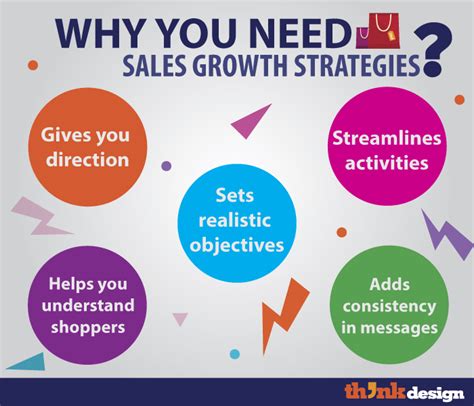
Retailers use a variety of strategies to drive sales, increase customer engagement, and build brand loyalty. Some common retail sales strategies include:
- Personalization: This involves tailoring the shopping experience to individual customers based on their preferences, behaviors, and purchase history.
- Omnichannel retailing: This involves providing a seamless and integrated shopping experience across all channels, including physical stores, online platforms, and mobile apps.
- Dynamic pricing: This involves adjusting prices in real-time based on demand, competition, and other market factors.
- Inventory management: This involves managing inventory levels to ensure that products are available when customers want them, while also minimizing waste and excess stock.
- Customer service: This involves providing excellent service to customers, including responding to queries, resolving complaints, and offering support and guidance.
Retail Sales Techniques
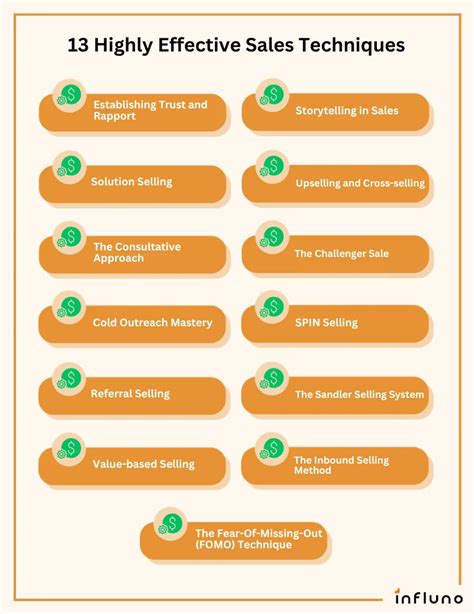
Retail sales associates use a range of techniques to engage with customers, build trust, and drive sales. Some common retail sales techniques include:
- Building rapport: This involves establishing a connection with customers, finding common ground, and building trust.
- Active listening: This involves paying attention to customers, understanding their needs, and responding to their concerns.
- Asking questions: This involves asking customers questions to understand their needs, preferences, and purchase intentions.
- Making recommendations: This involves suggesting products or services that meet customers' needs and preferences.
- Handling objections: This involves responding to customers' concerns, addressing their objections, and finding solutions that meet their needs.
Retail Sales Training

Retail sales training is essential for retailers to develop the skills and knowledge needed to drive sales, increase customer engagement, and build brand loyalty. Some common retail sales training topics include:
- Product knowledge: This involves understanding the features, benefits, and applications of products.
- Sales techniques: This involves learning effective sales techniques, such as building rapport, active listening, and making recommendations.
- Customer service: This involves learning how to provide excellent customer service, including responding to queries, resolving complaints, and offering support and guidance.
- Inventory management: This involves learning how to manage inventory levels, including receiving, stocking, and replenishing products.
- Visual merchandising: This involves learning how to create visually appealing displays, including window displays, in-store displays, and online product presentations.
Retail Sales Technology
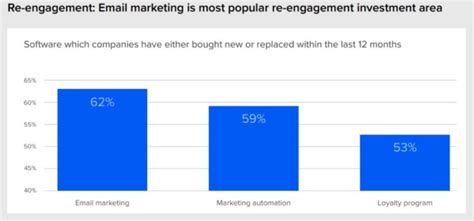
Retail sales technology is playing an increasingly important role in the retail industry, enabling retailers to streamline operations, enhance the customer experience, and drive sales. Some common retail sales technologies include:
- Point-of-sale (POS) systems: These are software applications that enable retailers to process transactions, manage inventory, and track sales.
- Inventory management systems: These are software applications that enable retailers to manage inventory levels, including receiving, stocking, and replenishing products.
- Customer relationship management (CRM) systems: These are software applications that enable retailers to manage customer interactions, including sales, marketing, and customer service.
- E-commerce platforms: These are software applications that enable retailers to create online stores, manage inventory, and process transactions.
- Mobile apps: These are software applications that enable retailers to engage with customers, provide personalized offers, and drive sales.
Retail Sales Analytics
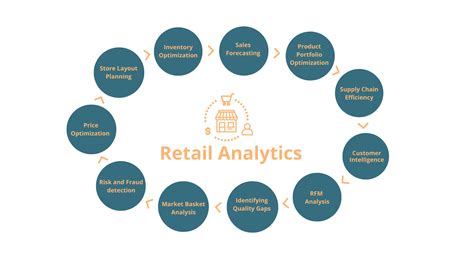
Retail sales analytics involves the use of data and statistical techniques to measure and analyze retail sales performance. Some common retail sales analytics metrics include:
- Sales revenue: This involves measuring the total value of sales generated by a retailer.
- Sales growth: This involves measuring the rate of change in sales revenue over time.
- Customer acquisition cost: This involves measuring the cost of acquiring new customers.
- Customer retention rate: This involves measuring the percentage of customers who continue to make purchases over time.
- Average order value: This involves measuring the average value of each transaction.
Retail Sales Forecasting
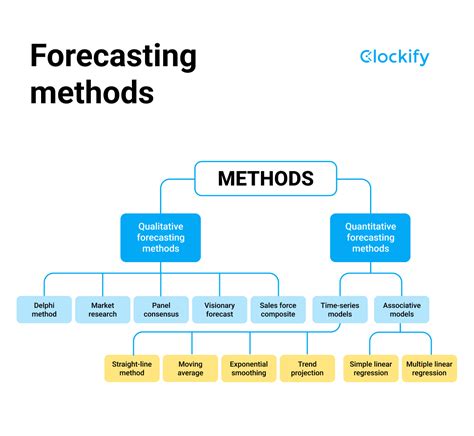
Retail sales forecasting involves the use of statistical techniques to predict future sales performance. Some common retail sales forecasting methods include:
- Historical analysis: This involves analyzing past sales data to identify trends and patterns.
- Seasonal decomposition: This involves analyzing sales data to identify seasonal patterns and trends.
- Regression analysis: This involves analyzing the relationship between sales and other variables, such as price, promotion, and weather.
- Time series analysis: This involves analyzing sales data over time to identify trends and patterns.
Retail Sales Image Gallery
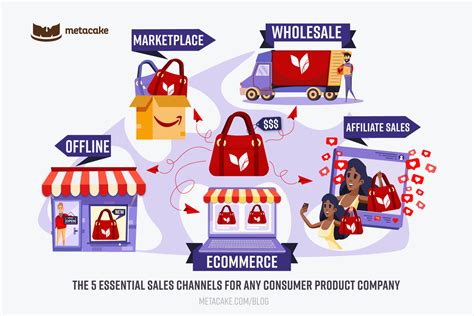
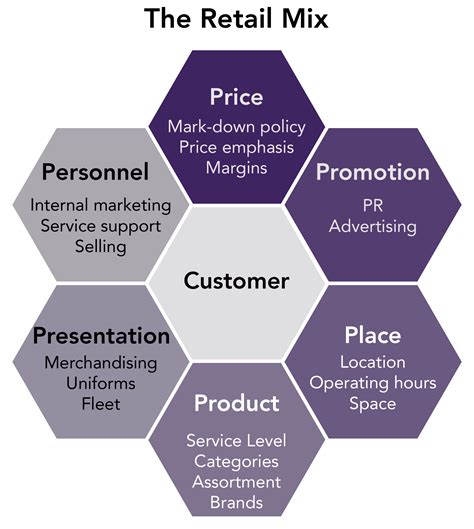
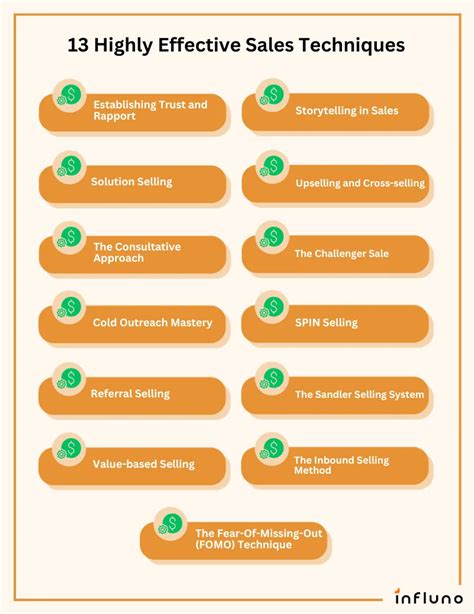

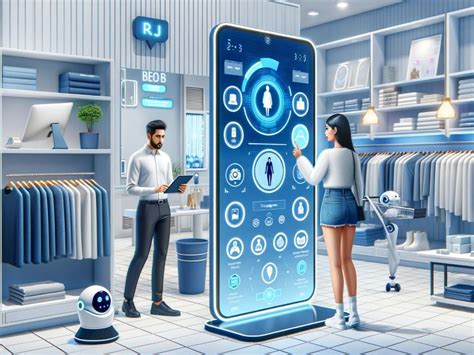
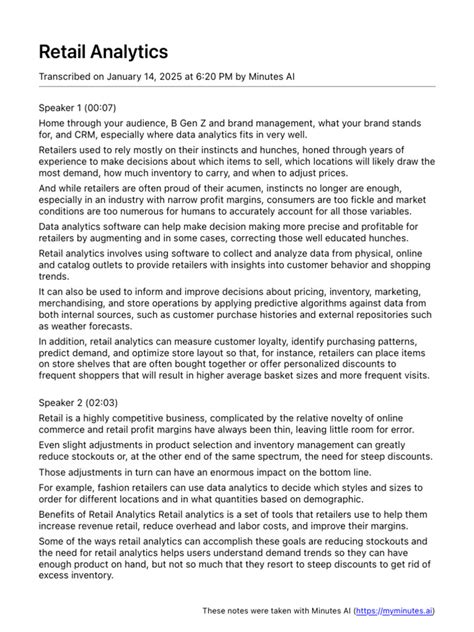

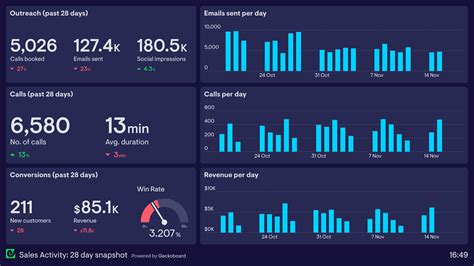


What is retail sales?
+Retail sales refer to the process of selling products or services directly to end-users, often through physical stores, online platforms, or other direct-to-consumer channels.
What are the different retail sales channels?
+Retail sales can occur through various channels, including physical stores, online marketplaces, social media, and mobile apps.
What are some common retail sales strategies?
+Some common retail sales strategies include personalization, omnichannel retailing, dynamic pricing, inventory management, and customer service.
What is retail sales training?
+Retail sales training is essential for retailers to develop the skills and knowledge needed to drive sales, increase customer engagement, and build brand loyalty.
What is retail sales technology?
+Retail sales technology is playing an increasingly important role in the retail industry, enabling retailers to streamline operations, enhance the customer experience, and drive sales.
We hope this article has provided you with a comprehensive understanding of retail sales, including the different channels, strategies, techniques, training, technology, and analytics involved. Whether you are a retailer, a sales associate, or simply a consumer, understanding retail sales is essential for navigating the complex and rapidly evolving retail landscape. We encourage you to share your thoughts, ask questions, and engage with us on social media to continue the conversation. By working together, we can create a more informed, connected, and successful retail community.
